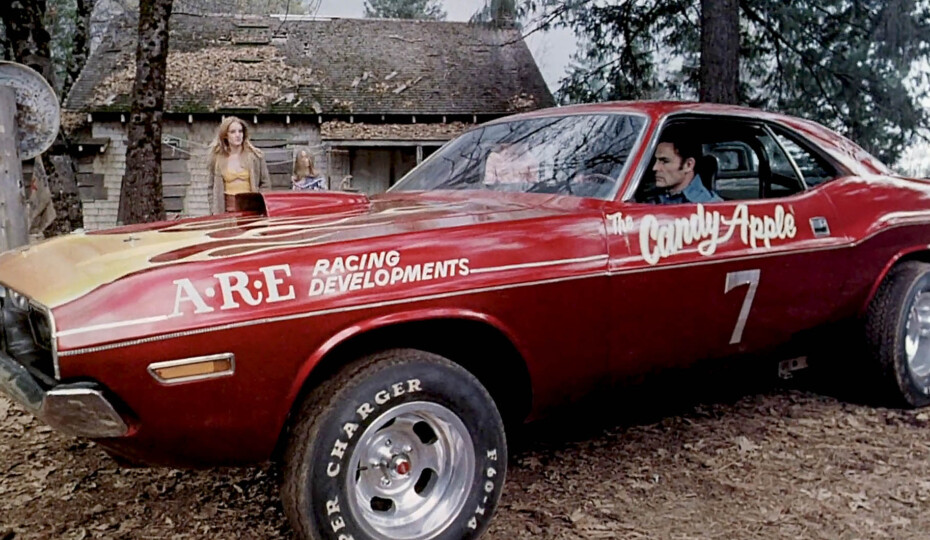Pat Gorman walks us through the newest trend in Pro Touring, the DCT transmission swap.
His '70 Oldsmobile Cutlass uses a BMW transmission connected to an LS7 to propel it around the street and track.

Pat Gorman walks us through the newest trend in Pro Touring, the DCT transmission swap.
His '70 Oldsmobile Cutlass uses a BMW transmission connected to an LS7 to propel it around the street and track.

It's time for the final installment of the Muscle Cars of the '60s and '70s series.
This month we take a look at the rarest regular production cars of the era.

Rob has found another movie packed with cool cars.
Check out Rob's review of 2 Guns.

There were some truly awesome muscle cars built in the '60s and '70s.
In the third installment of this muscle car series we look at the flat out quickest factory muscle cars of the golden era.

Last month Rob looked at beautiful muscle cars of the '60s and '70s.
In this chapter Rob offers is list of the top ten least attractive muscle cars of the 1960s and '70s.

Rob Finkelman takes a look at the ten most beautiful muscle car designs of the Golden Era.
This retrospective features cars from Plymouth, Dodge, Ford, Chevrolet, Buick, Oldsmobile, AMC, and Pontiac.

One subgenre that rather inexplicably gained massive popularity in the 1970s was the bootlegger movie.
These were films in which the plot revolved around the need to transport illegal alcohol.

Build your own custom newsletter with the content you love from Street Muscle, directly to your inbox, absolutely FREE!

We'll send you the most interesting Street Muscle articles, news, car features, and videos every week.
We promise not to use your email address for anything but exclusive updates from the Power Automedia Network.
We will safeguard your e-mail and only send content you request.

Thank you for your subscription.
We think you might like...

Classic Ford Performance |

Drag Racing |

Classic Chevy Magazine |
We think you might like...

Thank you for your subscription.